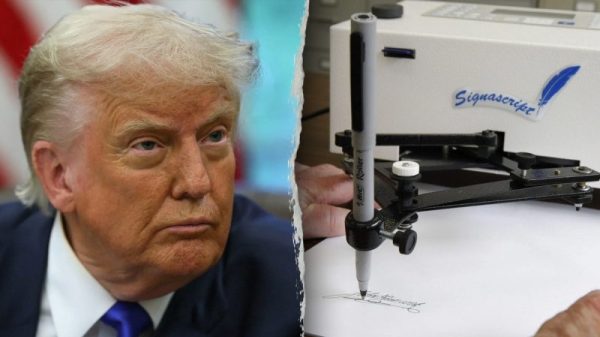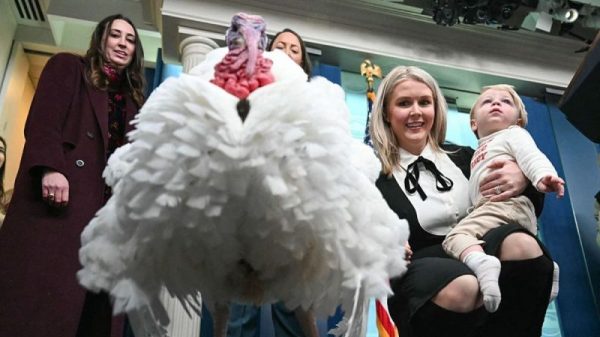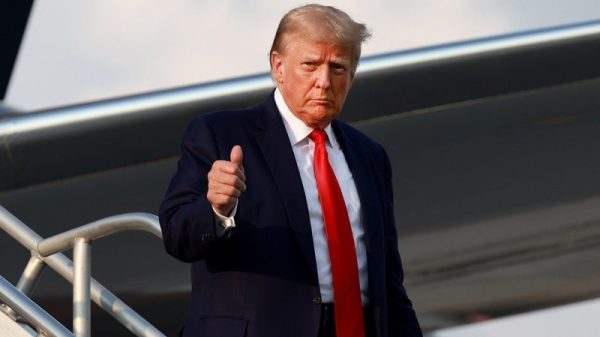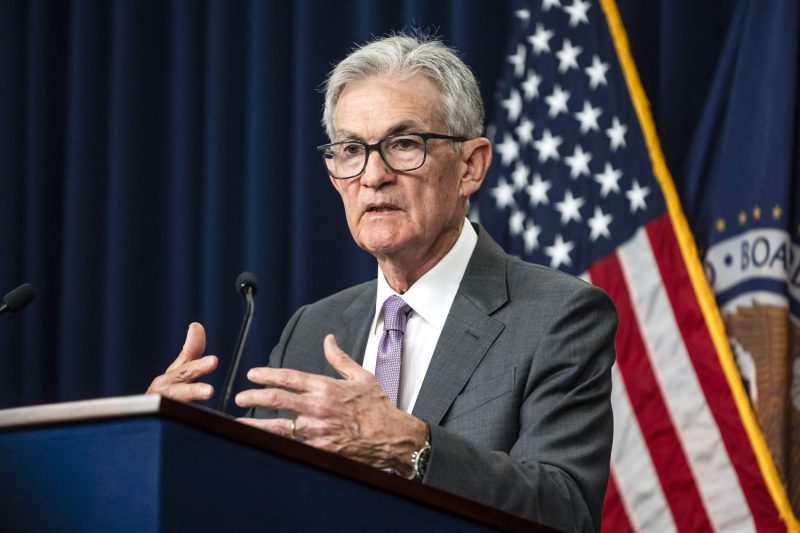In an unprecedented move, Federal Reserve Chair Jerome Powell boldly announced that it is time to enact an interest rate cut to bolster the economy during uncertain times. This decision comes amidst growing concerns over global trade tensions, slowing economic growth, and geopolitical uncertainties that pose risks to the stability of financial markets. Powell’s announcement has sent shockwaves through the financial world, as markets react and investors scramble to assess the implications of this unexpected shift in monetary policy.
The decision to cut interest rates follows a series of developments that have heightened economic uncertainties. The ongoing trade disputes between the United States and major trading partners such as China have created turbulence in global markets, leading to increased volatility and dampened investor confidence. At the same time, signs of slowing economic growth both domestically and internationally have raised concerns about the strength of the global economy in the face of mounting headwinds.
Powell’s call for an interest rate cut is a proactive measure aimed at mitigating the risks posed by these uncertainties. By lowering interest rates, the Federal Reserve seeks to stimulate economic activity, spur investment and consumption, and provide a cushion against potential downturns. The move is seen as a preemptive step to support the economy and prevent further escalation of risks that could have negative repercussions on growth, employment, and inflation.
The decision to cut interest rates is significant not only for its immediate impact on financial markets but also for its broader implications for monetary policy and the economy. The move marks a departure from the Federal Reserve’s previous stance of gradual rate hikes, signaling a shift towards a more accommodative policy stance in response to changing economic conditions. This shift is likely to have reverberations across various sectors of the economy, influencing borrowing costs, investment decisions, consumer spending, and overall economic performance.
While the interest rate cut is expected to provide a boost to the economy in the short term, its long-term effects remain uncertain. Some analysts warn that excessive monetary stimulus could lead to asset bubbles, inflationary pressures, and financial imbalances that could undermine the stability of the financial system. Others argue that the interest rate cut is necessary to support growth and offset the impact of external risks on the economy.
In conclusion, Chair Jerome Powell’s decision to cut interest rates reflects a proactive response to mounting uncertainties and risks facing the global economy. The move signals a shift in monetary policy towards a more accommodative stance to support economic activity and mitigate downside risks. While the implications of the interest rate cut are still unfolding, its impact on financial markets, the economy, and future policy decisions will be closely watched by investors, policymakers, and businesses alike as they navigate an increasingly complex and uncertain economic landscape.






















